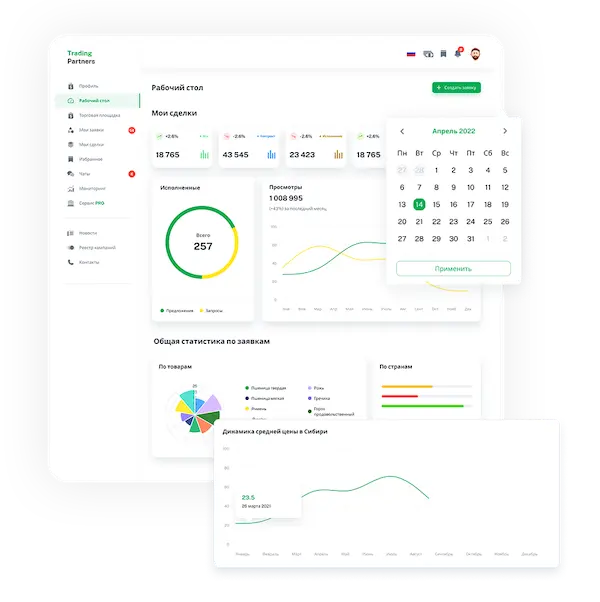Last Friday, Daniel Grant from FarmWeek reported on the planting season, which seems not to have hindered U.S. farmers from planting significant acres of corn and soybeans. The USDA report on planting acres for June, published last Friday, indicates that despite the unpredictable weather, the overall estimate for planted acres reached 91.5 million acres of corn and 86.1 million acres of soybeans. While the estimate for corn acres is 3% lower than last year, it still surpasses the average trade estimate by over a million acres. The estimate for soybean acres was 3% higher than a year ago.
A progressive farmer also mentioned that corn grain stocks as of June 1 were 4.99 billion bushels, and soybean stocks were at 970 million bushels.
Cassidy Walter from Successful Farming expressed her opinion after the report was released, stating that the planting estimates raise some questions. She noted that there are still 3.36 million acres of corn and 12.8 million acres of soybeans yet to be planted. Therefore, it cannot be claimed that these acres are already planted. Considering the possibility of floods and heavy rains, even if one million acres out of the 3.36 million remain unplanted, the total acres will decrease to 90.5 million acres.
According to the Progressive Farmer report, corn stocks as of June 1, 2024, amount to 4.99 billion bushels, which is 22% higher than the previous year. Out of this volume, 3.03 billion bushels are stored on farms, representing a 37% increase from a year ago, while 1.97 billion bushels are off-farm, a 4% increase from the previous year. From March to May 2024, 3.36 billion bushels of corn were used, more than during the same period last year (3.29 billion bushels).
Walter reported that soybean stocks as of June 1, 2024, were at 970 million bushels, 22% higher than the previous year. On-farm stocks amount to 466 million bushels, a 44% increase from last year. Off-farm stocks total 504 million bushels, the same as the previous year. During the quarter from March to May 2024, 875 million bushels of soybeans were used, 2% less than during the same period the previous year.
Walter also shared that the total volume of old-crop wheat stored as of June 1, 2024, was 702 million bushels, 23% higher than the previous year. On-farm stocks are estimated at 139 million bushels, 12% more than last year, while off-farm stocks amount to 563 million bushels, a 27% increase from a year ago. From March to May 2024, 387 million bushels of wheat were used, 4% more than during the equivalent period the previous year.
The progressive farmer also pointed out that the USDA's planting estimates are pessimistic for the new corn crop and neutral for the new soybean and wheat crops in the U.S., according to leading DTN analyst Todd Hultman. Grain stock estimates are also pessimistic for corn and neutral for soybeans and wheat, he added.

 Trading platform
Trading platform 
 Monitoring
Monitoring  Express applications
Express applications 
 Fork Work
Fork Work 
 Service
Service  News
News  Directory
Directory 
